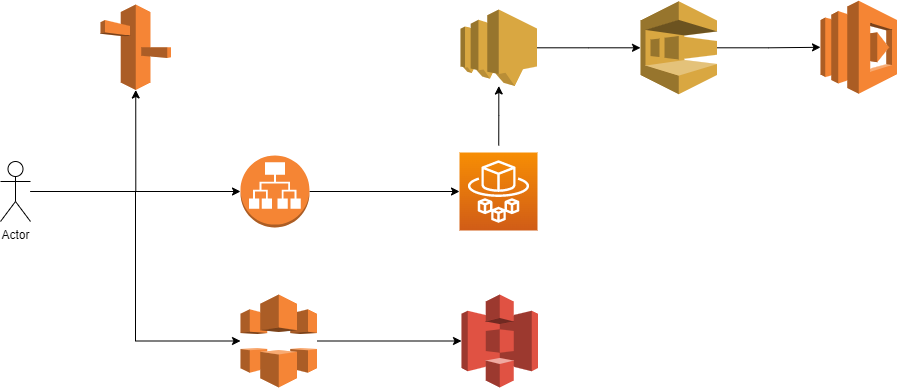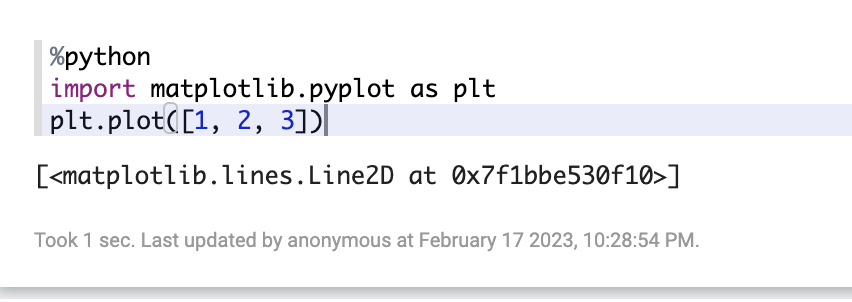Quick, what is this diagram trying to show?

Quick, what is this diagram trying to show?

I’ve previously explored the world of home energy monitoring systems and in the past arrived at using the Brultech GreenEye Monitor for a project in a friend’s house. It had the advantage of being local out-of-the-box and had a wide range of compact CTs that made fitting the electronics in the breaker box a lot easier, but it had one flaw that made it not suitable for my condo. It had to be mounted outside the breaker box with wires running into the box. I had no space in my condo, so I instead explored other options.
I upgraded to Apache Zeppelin v0.10.x from v0.9.x and randomly my Python Matplotlib scripts stopped rendering images. Anything that called the plot method would just return the string response of the function. Like below:
| |

If this happens to you, just add the following directive after %python:
In an earlier post, I made an error that incorrectly aggregated the energy data which resulted in hugely inflated aggregated energy usage. All the un-aggregated data was accurate, but the sums were wrong. Luckily I had all the raw data stored in InfluxDB and could rebuild it.
In this post, I walk through how to re-write the Home Assistant Long-term statistics database to fix this mistake.
My external cluster runs on 3 different dedicated servers (most from SoYouStart.com.) I have 3 machines since the Kubernetes control plane needs 3 or more to be able to have a quorum and be able to handle any one machine going down. If one machine goes down, then the other two maintain a majority and can agree on the state of the cluster.
I randomly encountered issues where the Kubernetes control plane of Rancher UI would crash and restart. While this cluster didn’t really matter, it still annoyed me and wanted to figure it out.